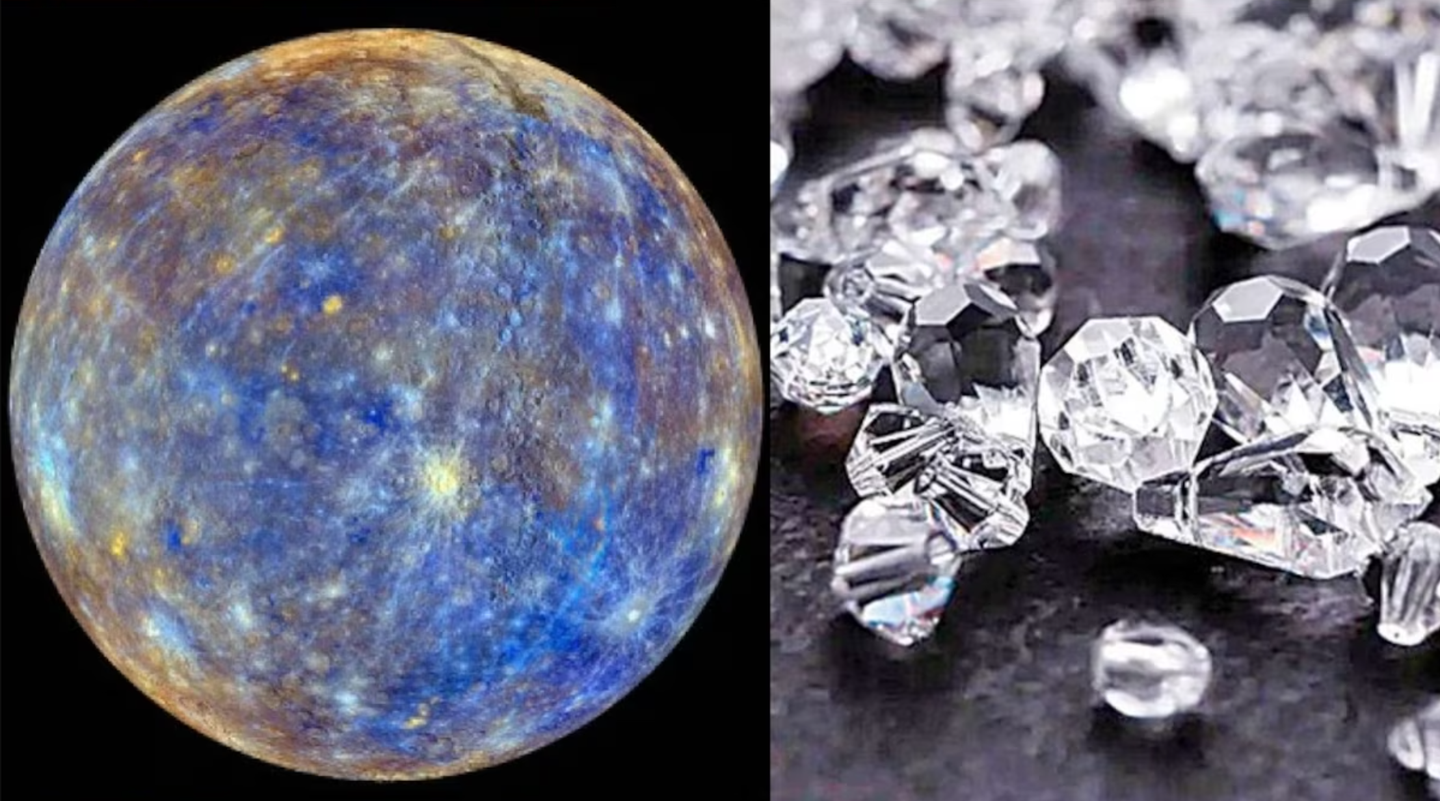Holy Grail of shipwrecks worth billions creates international intrigue and litigation
Colombia is gearing up for what could be the discovery of a lifetime—a treasure trove worth an estimated $20 billion.

[Nov. 8, 2023: Staff Writer, The Brighter Side of News]
The San José was sunk during a battle with the British in 1708. (CREDIT: National Maritime Archives)
Colombia is gearing up for what could be the discovery of a lifetime—a treasure trove worth an estimated $20 billion (£16 billion) hidden beneath the depths of the Caribbean Sea.
The object of this maritime treasure hunt is none other than the San José, a legendary Spanish galleon that met its watery demise during a skirmish with the British navy off the Colombian port of Cartagena in 1708. This historical vessel is believed to be laden with 200 tons of gold, silver, and emeralds, making it one of the most valuable shipwrecks ever recorded.
Colombia's President Gustavo Petro is leading the charge to recover what has been dubbed the "holy grail of shipwrecks" before his term ends in 2026. But this is not merely a quest for historical artifacts; it's also a legal and diplomatic battle involving multiple parties with competing claims on the treasure.
The tale of the San José is steeped in history and intrigue. On that fateful day in 1708, the ship found itself embroiled in a naval battle with British forces in the Caribbean. The encounter ended tragically for the San José, as it succumbed to the depths of the sea, taking with it its precious cargo. Historians have long speculated about the nature and value of that cargo, and the estimates are nothing short of staggering—a modern-day fortune potentially exceeding $20 billion.
Related Stories
In 1981, an American company named Glocca Morra claimed to have located the wreck of the San José and handed over the coordinates to Colombian authorities. In return, they expected to receive half of the treasure upon its retrieval. This agreement set the stage for a decades-long dispute over the rightful claimants to the bounty.
However, in 2015, the Colombian government dropped a bombshell, announcing that it had independently discovered the San José at a different location and even shared a video of the submerged ship the following year. The coordinates of this new discovery remain a closely guarded state secret, complicating matters further.
Sea Search Armada, the successor to Glocca Morra, disputes Colombia's version of events. They firmly believe that the Colombian Navy found the wreck in the same debris field they had identified 34 years earlier. Now, they are pursuing legal action against Colombia, demanding a staggering $10 billion, equivalent to half of the estimated treasure's worth, according to their calculations.
The International Controversy
The San José's story has grown even more complex as various nations and communities have staked their claims to the treasure. Spain, Colombia, and Bolivia's indigenous Qhara Qhara community have all asserted that the treasure is rightfully theirs due to the historical exploitation of precious metals by Spanish colonizers.
The Spanish connection dates back to the colonial era when Spain plundered the wealth of the Americas, including Colombia, extracting vast quantities of gold and silver. This historical injustice has prompted Spain to assert its stake in the San José's riches, viewing them as part of its colonial legacy.
The Colombian Navy has released new footage of the San José, a Spanish galleon that sank just north of the country more than 300 years ago. (CREDIT: Diego Molano/Twitter)
Meanwhile, the Qhara Qhara community of Bolivia, whose ancestors were coerced into mining these precious metals under brutal conditions during the colonial era, also lays claim to a share of the treasure. Their case is rooted in historical grievances and a quest for justice.
President Gustavo Petro is committed to seeing the San José treasure brought to the surface, and he has instructed officials to explore options that will expedite the process. One proposed approach is to establish a public-private partnership or negotiate a deal with a private firm to fund and oversee the recovery efforts.
Underwater footage of the San José shipwreck. (CREDIT: Armada de Colombia)
Juan David Correa, Colombia's Minister of Culture, expressed the administration's dedication to this mission, stating, "This is one of the priorities for the Petro administration. The president has told us to pick up the pace." The urgency is palpable, as Petro's term is set to conclude in 2026, and the pressure to resolve the ongoing legal disputes and lay claim to the treasure remains high.
The Future of the San José Treasure
The fate of the San José treasure remains uncertain, with legal battles, diplomatic negotiations, and historical claims converging in a complex web of interests. Colombia's determination to retrieve the treasure before 2026 signals the country's desire to make history and potentially reshape its future. Whether the treasure ultimately serves as a symbol of historical justice, national pride, or diplomatic conflict resolution remains to be seen.
The gold, silver and emeralds aboard the San José are thought to be worth £16 billion. (CREDIT: Presidencia de la República Colombia)
In the coming years, the world will be watching closely as the Colombian government and its international counterparts navigate the intricate waters of treasure hunting, diplomacy, and justice.
The story of the San José galleon stands as a testament to the enduring allure of hidden treasures and the complex histories that surround them, reminding us that beneath the waves lie not only riches but also tales of conquest, exploitation, and the quest for restitution.
Note: Materials provided above by The Brighter Side of News. Content may be edited for style and length.
Like these kind of feel good stories? Get the Brighter Side of News' newsletter.



